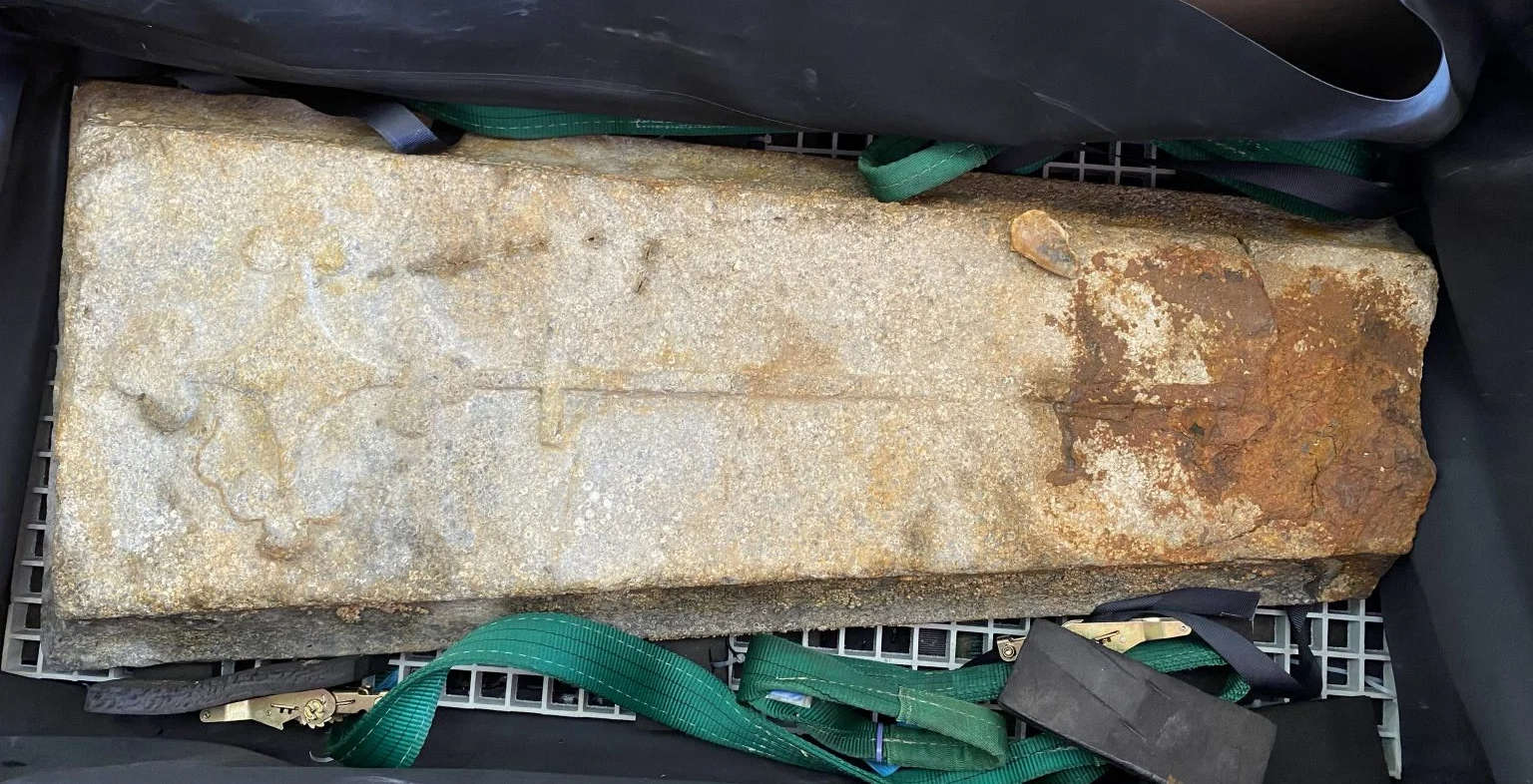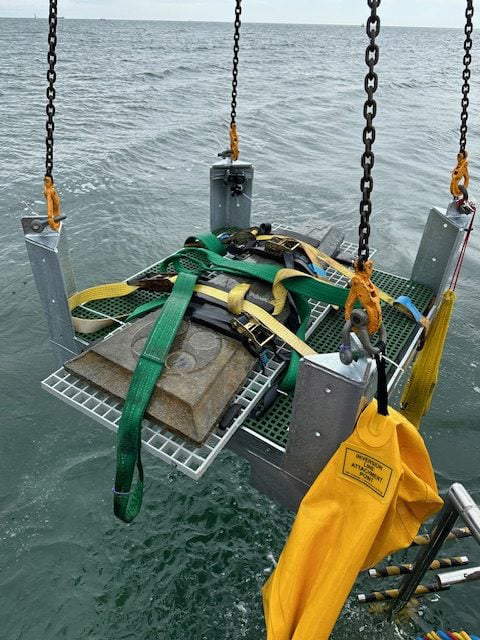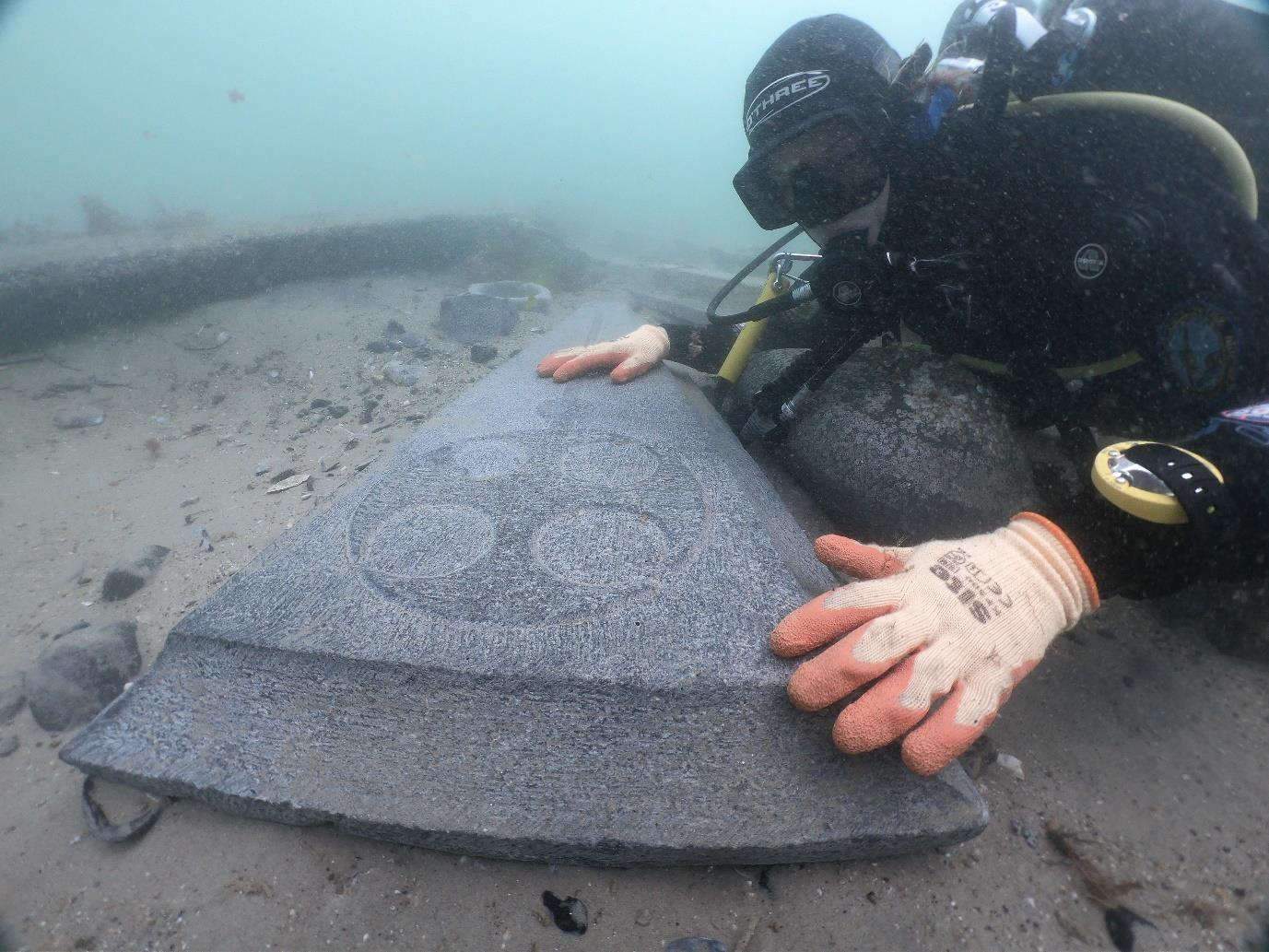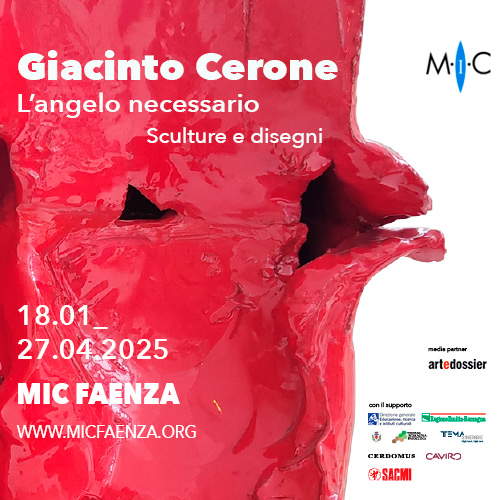England, spectacular recovery in the sea: medieval slabs resurface from a wreck
Spectacular recovery at sea forBournemouth University underwater archaeologists who have resurfaced from the seabed of Studland Bay, alongEngland’s south coast, two medieval tomb slabs that had been lying at the bottom of the sea for nearly 800 years. The slabs, carved from Purbeck marble, were part of the cargo of the oldest known wrecked ship in England’s history, which sank off the Dorset coast during the reign of Henry III in the 13th century.
The site has been called the “Mortar Wreck” because other items in its cargo included a large number of grinding mortars, also made from Purbeck stone. Details of the discovery will soon be published in the journal Antiquity. Divers and archaeologists led by Bournemouth University brought the slabs to the surface last June 4 in a two-hour operation from a depth of about seven meters. One perfectly preserved slab measures one and a half meters and weighs about 70 kilograms. The other, much larger slab is divided into two pieces, with a total length of two meters and a weight of about 200 kilograms. Both pieces bear engravings of Christian crosses, which were very popular in the 13th century, and the research team believes they were intended to be sarcophagus lids or funerary monuments for high-ranking individuals in the clergy.
“The wreck precipitated at the height of the Purbeck stone industry, and the funerary slabs we have here were a very popular monument for bishops and archbishops throughout the cathedrals and monasteries of England at the time,” explained Tom Cousins, an underwater archaeologist at Bournemouth University, who led the recovery. “Similar examples have been found in Westminster Abbey, Canterbury Cathedral and Salisbury Cathedral,” he added.



The slabs will now be desalinized and stored by the Bournemouth University team until they can be displayed to the public, at the Poole Museum (in the Dorset town of Poole), along with the other recovered artifacts, which will be presented in a new room called the Shipwreck Gallery.
The site of the mortar wreck was first discovered in 1982, but it was presumed to be just a pile of rubble on the sea floor. Its significance was not understood until 2019, when Tom Cousins and a team from the University dived into the site at the suggestion of local skipper Trevor Small and discovered the secrets lying beneath the sand.
The continued recovery of artifacts will enable the Bournemouth University team to learn more about 13th-century life and the ancient craft of stonemasonry. “Although Purbeck marble was quarried near Corfe Castle, there has always been a debate about how much work was done here and how much in London. We now know that the slabs were being carved here, but they had not been polished to the usual polished finish at the time they sank, so there is still more we can learn,” Cousins said.
The team will continue to explore and protect the wreck over the next few years and hopes that this will also lead to an operation aimed at locating the wooden structures of the ship’s hull, which are still well preserved under the sand. Cousins also plans to use this opportunity as a training opportunity for his students at the university. “The future goal of the project is to train the next generation so that they have the same opportunities that I had. We have already started teaching our second-year students how to dive, and when they enter their third year we will take them out to sea and teach them the first steps of becoming underwater archaeologists,” he said.
 |
| England, spectacular recovery in the sea: medieval slabs resurface from a wreck |
Warning: the translation into English of the original Italian article was created using automatic tools. We undertake to review all articles, but we do not guarantee the total absence of inaccuracies in the translation due to the program. You can find the original by clicking on the ITA button. If you find any mistake,please contact us.





























